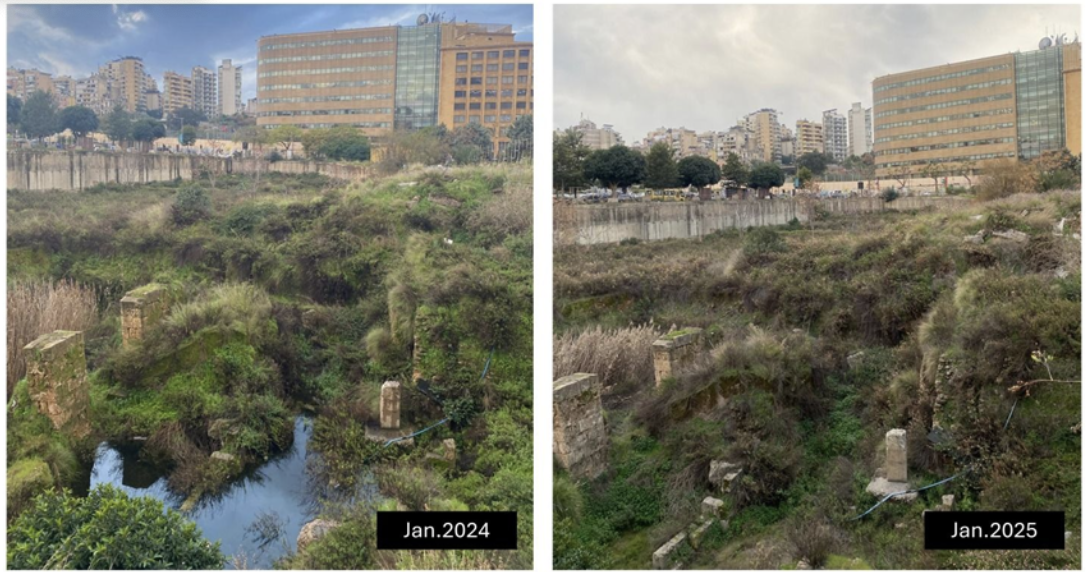
Lebanon, historically blessed with abundant rainfall and defined by its distinctive four seasons, now confronts an unsettling new reality: severe water scarcity. As summer approaches, the nation faces one of its driest years in recent history, a crisis quietly spreading from mountains to valleys, threatening agriculture and household water supplies alike.
By early 2025, signs of water scarcity have become starkly evident. The typically vibrant Riad Solh Square in Beirut now showcases cracked earth and withered vegetation, a jarring departure from its previously lush state. Such visible signs are just the tip of the iceberg; beneath them lies a complex and urgent challenge.

Lebanon's rainfall records reveal a disturbing trend. According to recent meteorological reports, the country received just 50% of its average rainfall during the winter months, setting the stage for a challenging summer ahead. This drastic drop in rainfall isn't isolated; it aligns with broader global shifts linked to climate change, which has exacerbated drought conditions across the Mediterranean region.
Table 1: 2025 Rainfall Levels by Region in Lebanon Compared to 2024 and Averages (LBCI Report)
Region | Accumulated to Date (mm) | Last Year (mm) | Average to Date (mm) |
Beirut | 348 | 988 | 718 |
Tripoli | 438 | 1114 | 720 |
Zahle | 234 | 647 | 578 |
Agriculture, the backbone of Lebanon’s rural economy, faces immediate and severe impacts. The Food and Agriculture Organization (FAO) reports that up to 40% of Lebanon's agricultural production is at risk due to water shortages. Farmers in the Bekaa Valley, one of Lebanon's main agricultural hubs, are already experiencing significantly reduced crop yields. This not only threatens farmers' livelihoods but also exacerbates Lebanon’s food security crisis, already strained by economic instability.
The impact isn't limited to agriculture. Lebanese households are increasingly struggling to secure adequate water for daily use. Reservoir levels across the country are alarmingly low, with some dams reporting storage capacities below 30%. As water levels drop, hydroelectric power generation becomes less viable, while the demand for electricity, particularly from water-pumping infrastructure, continues to rise. Consequently, municipalities are forced to ration water, affecting millions of citizens who now face intermittent or severely restricted water supply. This shortage is disproportionately affecting marginalized communities, intensifying existing inequalities.
However, solutions exist and must be urgently implemented. Immediate steps include improving water management infrastructure, repairing leaks, and updating outdated irrigation practices. Investments in decentralized water management systems are needed as sustainable alternatives to traditional water usage practices.
Lebanon’s policymakers must also prioritize long-term resilience strategies, integrating climate adaptation into national policy frameworks. International partnerships and investments could play a crucial role in securing the funding and technical support required for these interventions.
The time for action is now. Lebanon’s resilience against future water crises will depend significantly on swift policy decisions, public awareness, and collective action. Confronting water scarcity effectively can no longer be postponed—it's a challenge Lebanon must tackle today for a sustainable tomorrow.
By Elie Moussallem, environmental researcher at enmaeya



